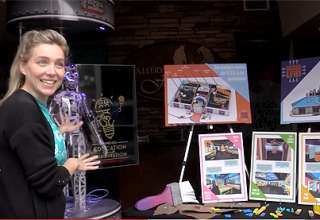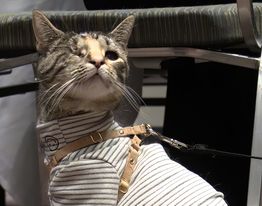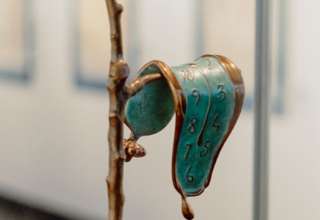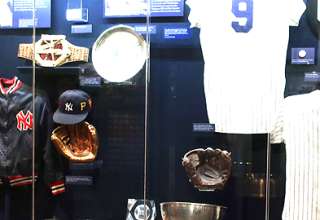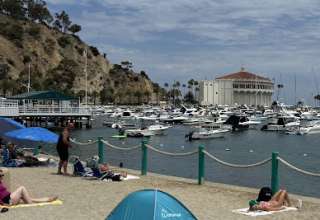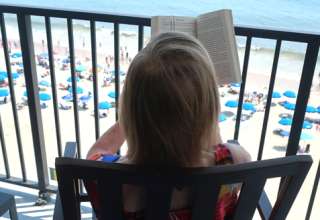All photographs by Darrell Scattergood
I’ve just returned from a delightful trip to the Nader Museum, which is tucked away in Miami’s Wynwood Arts District. The museum is currently showcasing its multimedia Botero Immersed exhibit. The sensational show is a visual and engaging passage into the work of artist Fernando Botero with music composed by Grammy-winning producer Emilio Estefan.
Gary Nader who is curator and director of the museum, defines the exhibit as “a remarkable cultural event and multimedia experience, and features Botero’s iconic body of work from the 1960s to the present day through 360-degree interactive digital projections, lights, music and sounds.”
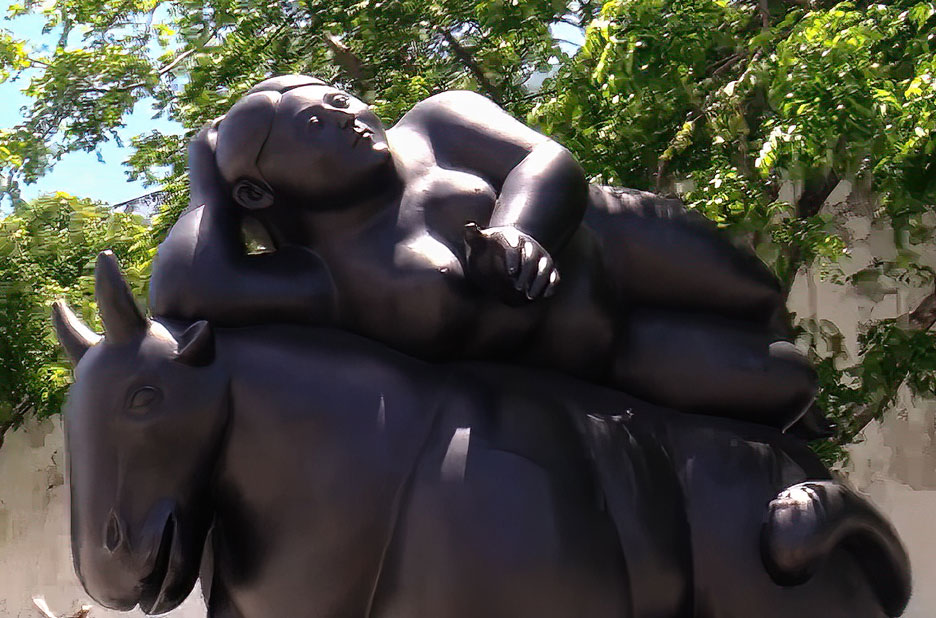
What I personally love about Botero is that he’s Salvador Dali, Georgia O’Keefe, and Peter Paul Rubens rolled into a playful package. Even better, he’s still alive, and approves of this message. According to his granddaughter, who works at the museum, the 92-year-old Botero enjoys watching the technology demonstrating his work is a new way. He’s a virtuoso who understands how to connect with audiences across generations, ethnicities, and continents. Botero knows Diddley.
Nader Museum’s collection originates from Gary’s private collection, which he has amassed throughout his career as a gallerist. Among his collection are pieces from acclaimed masters of art, including Ponce de Leon, Rivera, Tamayo, and Zárraga.Through a permanent collection of paintings, drawings, sculptures, photography, installations, and other media, the museum’s audience can experience and appreciate what is considered one of the world’s most significant regions of today’s contemporary art scene.
The Nader Museum features more than 1,200 works of art that represent approximately 150 significant modern and contemporary masters. Its founder, Gary Nader, has been a staple of the Miami art scene for four decades. The nonprofit museum highlights work from Latin America and its diaspora. Through a permanent collection of paintings, drawings, sculptures, photography, installations, and other media, the museum’s audience understand one of the world’s most significant regions of today’s contemporary art scene.
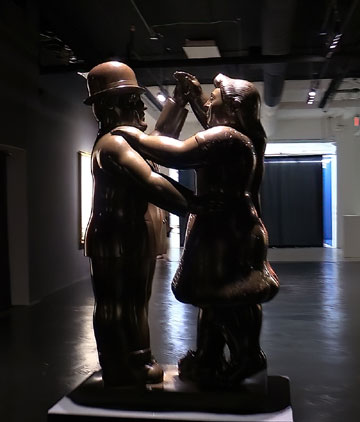
Guests can see a variety of significant pieces representing Botero’s works over the past six decades, such as the circus personages, life in Latin America and its people, and adaptations of the work of art history masters. Botero’s narratives go beyond the represented object; a single image is full of nuances. It will take spectators to a vast and unique universe of experiences. His “baroque” exaggeration of the portrayed objects reminds me that his signature style represents an assortment of influences, from Renaissance masters to the 20th-century expressionist movements.
Fernando Botero was born in Medellin, Colombia in 1932. In 1950, he graduated from Medellin University. He studied in Spain and Italy before relocating to New York in 1960, where he won the Guggenheim National Prize for Colombia. Over the next few years, he began to develop his characteristic style. The small-town life he experienced as a child and the Colombian people of his youth would become his most rich source of inspiration. In 1973, Botero moved to Paris and began his sculpture period. Botero has attained global recognition for his paintings, drawings, and sculptures. His art is collected by international museums, corporations, and private collectors around the world.
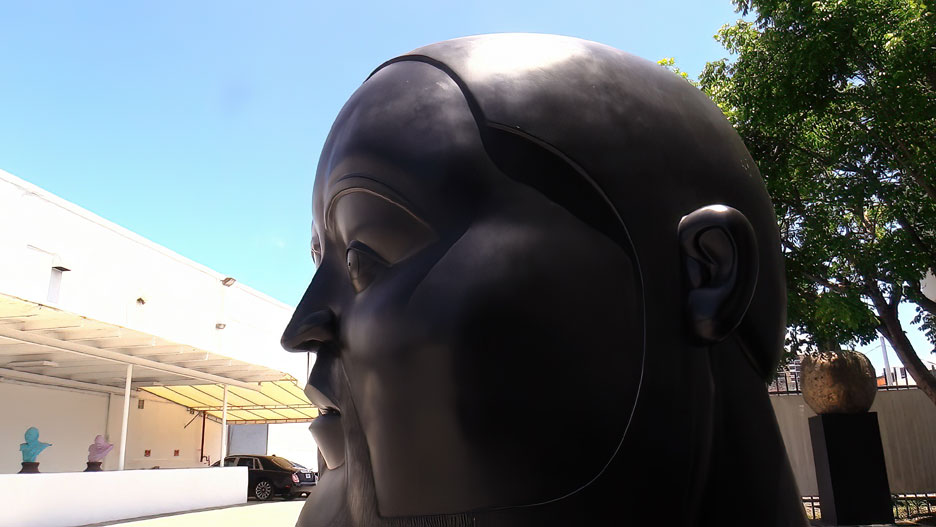
Botero, with his immense sculptures, manipulates forms, proportions, volumes, and sizes to create smooth, round, and plump humans and animals that transform their surroundings and generate an immediate response from the viewer.
Botero said of his sculptures, “I never give particular traits to my figures. I don’t want them to have personality, but rather represent a type that I create. My sculptures do not carry any messages, social or otherwise. What matters for me is the form, the voluptuous surfaces, which emphasize the sensuality of my work. I like the enormous size; it is the fulfillment of my longing for voluptuous round forms.”
For more information about the Nader Museum and their Fernando Botero exhibit, visit namla.us.


